Sapphire -A.K.A Peaches
Nina Simone's 1966 classic captures the four principal
character types. She heralds "Aunt Sarah" as a strong, resilient woman
who declares, "My skin is black/My arms are
long/My hair is wooly/My back is strong/Strong enough to take the
pain/Inflicted again and again/What do they call me?/My name is Aunt Sara". Then there was "Saffronia," a mixed-race
woman described as "my skin is yellow" who was forced to live "between
two worlds." In this in-between place, she is buffeted by the Black and
Whites "My father was rich and white; he forced my mother late one night."
Then there was "Sweet Thing," accepted by both Blacks and Whites, whose
primary attributes were neither good looks nor fine hair but because she could satisfy
the sexual needs of men–"Whose little girl am I?/Anyone who has money to
buy". Nina's lament ends with the bitter tale of a woman who has endured generations
of oppression and suffering. She cries out, "My skin is brown/My manner is tough/I'll kill the first mother I
see/ My life has been rough/I'm awfully bitter these days/Because my parents
were slaves.". And in a scream that rages through
the ages, she declares, "My name is Peaches!". (Davis
2003)
During the 2022 Grand Slam semifinal in the U.S. Open, Nick Kyrgrios, annoyed by how the matches were going, took out his frustration on a pair of his rackets. He cracked his equipment by banging it repeatedly on the ground. Then, not satisfied, he took another racket, "reared back, and hit that one on the sideline, too." (Associated Press 2022). There was neither response from tennis officials nor the public, total silence apparently "boys will be boys." Now compare this to what happened just four years earlier, again at the U.S. Open. This time, frustrated Serena Williams broke her racket after losing a call. And was immediately sanctioned with "a code violation for coaching, a penalty point for breaking her racket, and a game penalty for calling the umpire a thief." Later she was fined an additional $17,000. (Prasad 2018) As pointed out by several commentators, Williams was penalized for being an "angry Black woman."
Another example came from July 14, 2008, a New Yorker magazine cover on July 14, 2008. Again it depicts the absurdity of negative stereotypes associated with a strong Black woman -this time Michele Obama.
In this artist's rendition, Michelle Obama was angry
and a gun-toting militant. Here she and her husband (dressed as a Muslim) were seen
"performing what rightwing commentators have called a 'terrorist fist bump'
while burning the U.S. flag in the fireplace of an Oval Office decorated with a
portrait of Osama bin Laden." (Reed 2008)
Such imagery has a long, almost 300-year history in our country.
As slavery ended and the country reeled in the social,
economic, and political upheaval that followed our bloodiest, self-inflicted
wound known as the Civil War, Black women became one of the principal victims.
Negative stereotypes depicting her as overly aggressive, ill-tempered, hostile,
ignorant, and overbearing became one of the dominant tropes. Or, more simply, perhaps
she is being criticized for being a strong Black woman. Maybe some would argue
that her race and gender preclude her from being rational or even justified in
her anger. The irrationality of the attacks targeting Black women has given
rise to a new term -misogynoir coined by Moya Bailey (2021) as a
unique form of anti-Blackness and misogynistic representation not only targets Black
women but shapes their identities within visual culture and digital spaces. And
rather than dealing with the reality of the situation's need for change, her
detractors would hide behind the "angry women syndrome." Perhaps she
is stigmatized, ostracized, and penalized for being a Sapphire.
During the early 1830s, the first "Black women"
were portrayed by white minstrels as "Negro Wenches." These white
men, covering their skin with burned cork and grease paint, performed as Black
men and women. They portrayed Black women as "grotesque, loudmouthed,
masculine and undeserving of the protections afforded to White "ladies in
American society. These portrayals were intended to be cruel, ridiculous, and
menacing. The obvious disdain in which they projected Black women was
reinforced by the more "gentile" portrayal of White women on the same
stages. These stereotypes helped preserve and reinforce the negative
stereotypes while justifying the rape, exploitation, and control of Blacks. (Kelley
2014)
During the period shortly after the civil war till the
mid-1900s, and long before the name Sapphire was used, angry, Black women were
popularized as "Sassy Mammies." Pilgrim (2008)
explains that even during the era when Jim Crow was being rigidly enforced, these
women were often symbolically allowed to cross racial boundaries, were characterized
as able to chastise men, white and black, beat their children, and rule their
house with an iron hand (or rolling pin). Yet, their freedom and assertiveness
suggested that life for blacks was not bad. Here was a woman accepted by Whites
and allowed to be uniquely sassy, bold, and clearly in charge.
In 1939, Ernestine Wade began playing the role of Sapphire in the radio show Amos and Andy. Here the role of the Sapphire materialized as the "emasculating, finger-waving, neck-snapping. . .(woman who) complained incessantly about her husband's shortcomings". (Kelley 2014) The Sapphire character had become full-blown when Aunt Ester appeared in the Sandford and Son situational comedy in 1972. Here a bible-totting, angry, frustrated woman continually appears to chastise her "fish-eyed fool" of a brother-in-law -Fred Sanford. Soon after the show closed, C.B.S. resurrected the Coon minstrel show as Florida Evans and her family living in the Cabrini-Green projects in what was hailed as "Good times. Living in extreme poverty, a new Sapphire – Willona Woods goes through a series of "worthless boyfriends, an ex-husband, politicians, and other men with questionable morals and work ethics." (Pilgram 2008)
A new level of White hate emerged to greet Shirley
Chisholm in 1972, who declared that she was "unbought and unbossed" in
her campaign to become the first Black to run for the presidency of the United
States. Dismissed by White male journalists and politicians, she garnered the
strongest support from other Black women. But Chisholm had a greater vision.
She was out to create a coalition to favor women's rights and those of Black Americans
and Indigenous people. Her main goal was to target the infamous segregationist
former governor of Alabama, George Wallace ("Segregation now, segregation
tomorrow and segregation forever"). (Little
2021). She was even rejected by Black men, as the left
endorsed Senator George Mcgoven, who subsequently lost to Nixon in a landslide.
At age 6, Kaia Rolle was forcibly bound with zip ties and
escorted from her Florida school in Orlando because she was having a "temper
tantrum," according to her teachers. (Toohey,
2020) Research has long identified Black girls as being over-penalized, criminalized, and institutionalized
by educators, counselors, caseworkers, police, and judges. They face harsher
discipline policies for doing nothing more than their White peers. They are
nearly six times more likely to receive school suspension than their white
counterparts. (Crenshaw,
Nanda and Ocen, 2015)
The angry Black woman associated with the Sapphire myth has been equally vilified and reflected in many contemporary institutional settings. And similarly, she is represented as being aggressive, ill-tempered, bitter, overbearing, hostile, and just plain angry. Some even go so far as to imply that this accounts for the lack of Black women in the labor force, just at 7 %, and even less in leadership positions. Among the top corporations in America, black women only account for 1 in 25 top posts in the C-Suite. (McKinsey and Company, 2022)
Black women in the academy know "this fear, this terrifying horror, this knowledge that …(their) profession was, in fact, killing" them. They put off rest, and fantasize about being free, just as soon as they get tenure. Still, even as they do, they find that their work has just begun. They do an enormous amount of departmental and university service as they experience increasingly higher demands to perform as a professional. They are more likely to be scrutinized, censored, and rebuked for their authenticity, voice, and refusal to serve on another committee. The extraction of free labor "from the most overworked faculty" in the university only adds to their precarity as they challenge the spaces within the colonizing university's neoliberal system. Such spaces as "ethnic studies, emerging and interdisciplinary fields" place them under incredible stress as they must compromise health and lives to make an impossible system work. (Williams, 2023)
Source: Black Lives Matter founders: We fought to change history and we won - B.B.C. News
While some would attempt to silence these strong Black
women, some have used their anger to lead the way for change. Such leadership
is found in the Black Lives Matter Movement (B.L.M.), started by three
courageous women. These women, Alicia Garza, Patrisse Cullors, and Opal Tometi,
started the movement in 2013 after an all-white jury found George Zimmerman
innocent after killing Trayvon Martin, an unarmed Black teenager. A year later,
they spearheaded a nationwide protest as another Black man, George Floyd, was
killed as police knelt on his neck during his arrest in Minneapolis. (B.B.C. 2020) B.L.M.
has become the consciousness, the strength, and the continuous call for change
as the change is heard "never forget" and "never again" is
heard throughout our land.
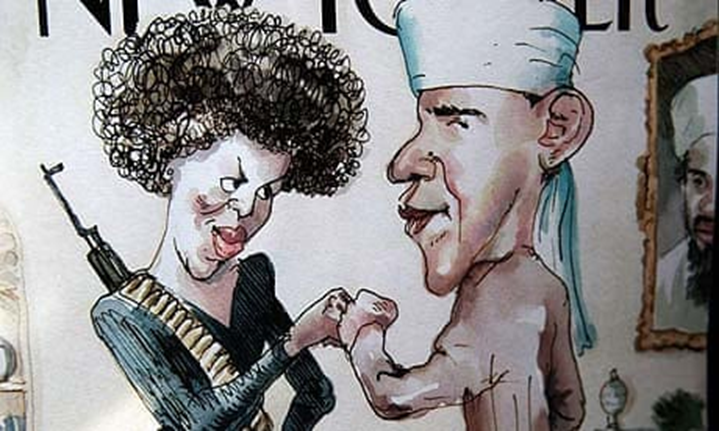
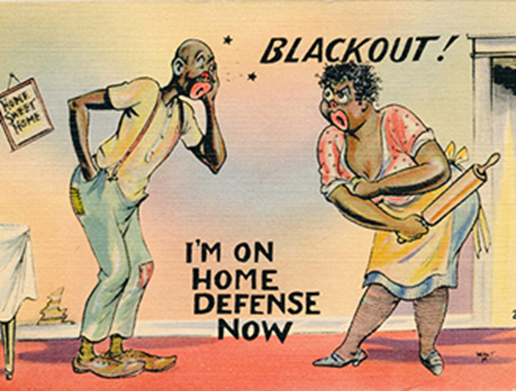
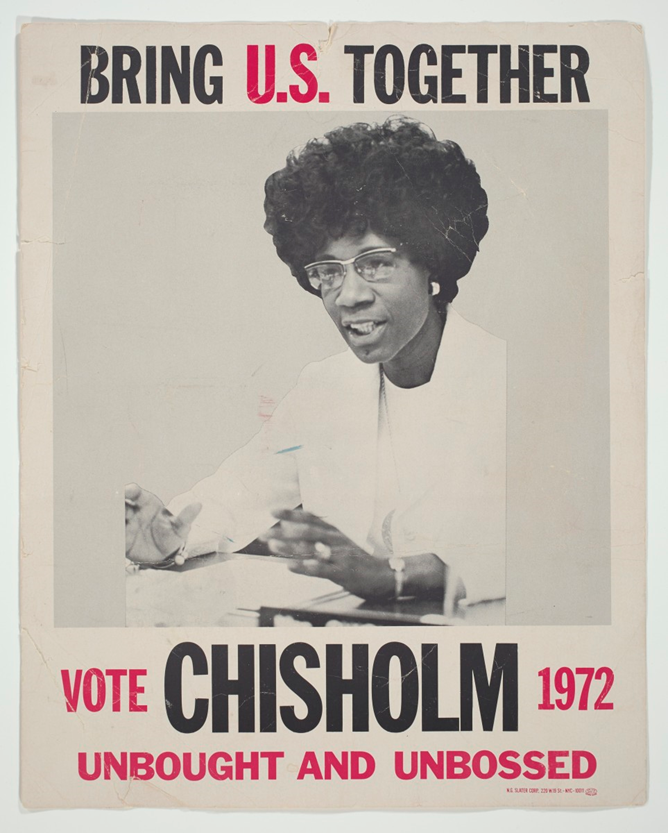
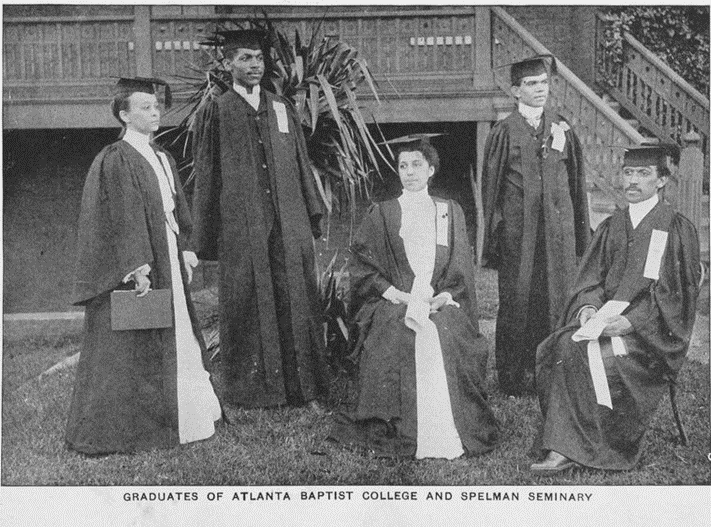


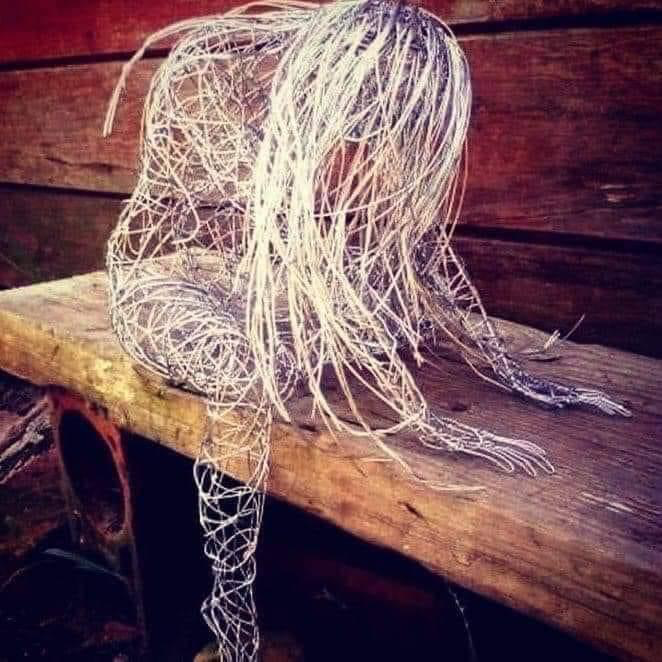
Comments
Post a Comment